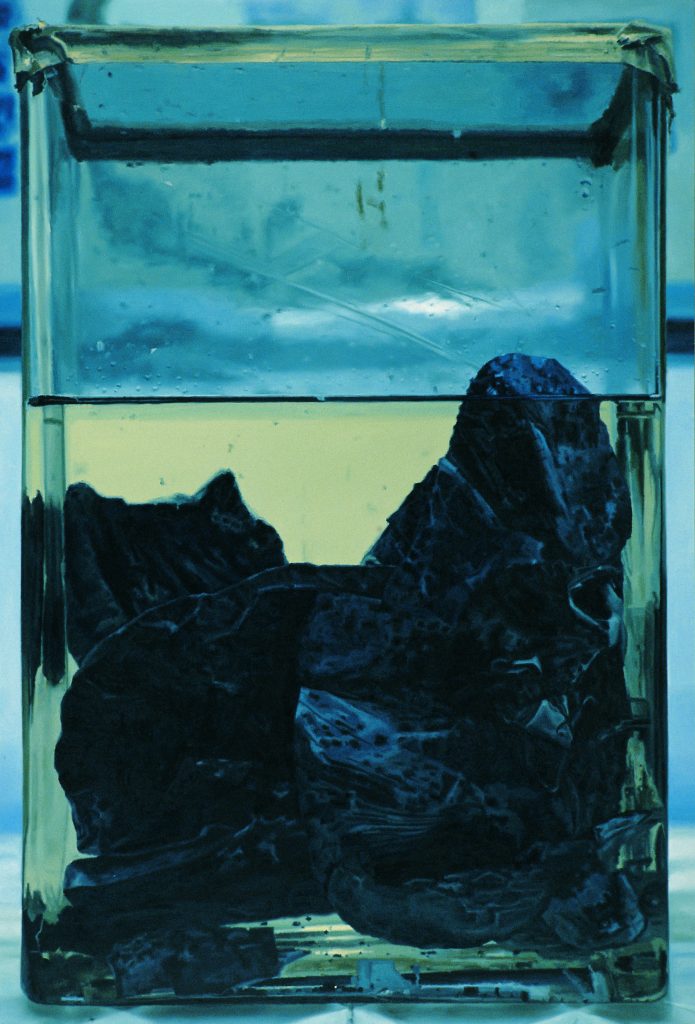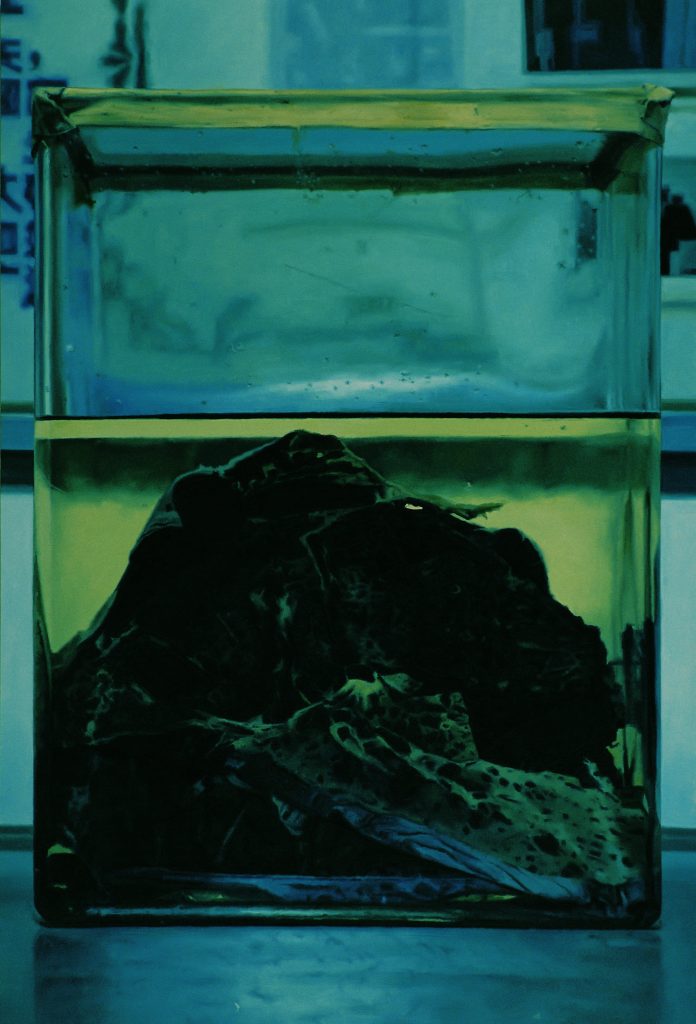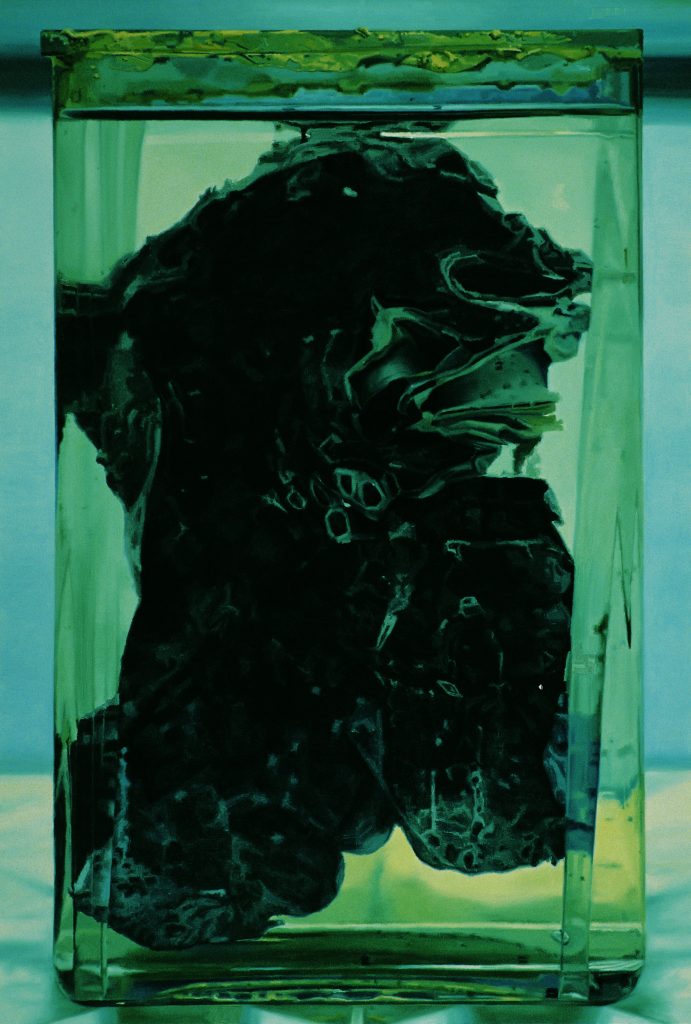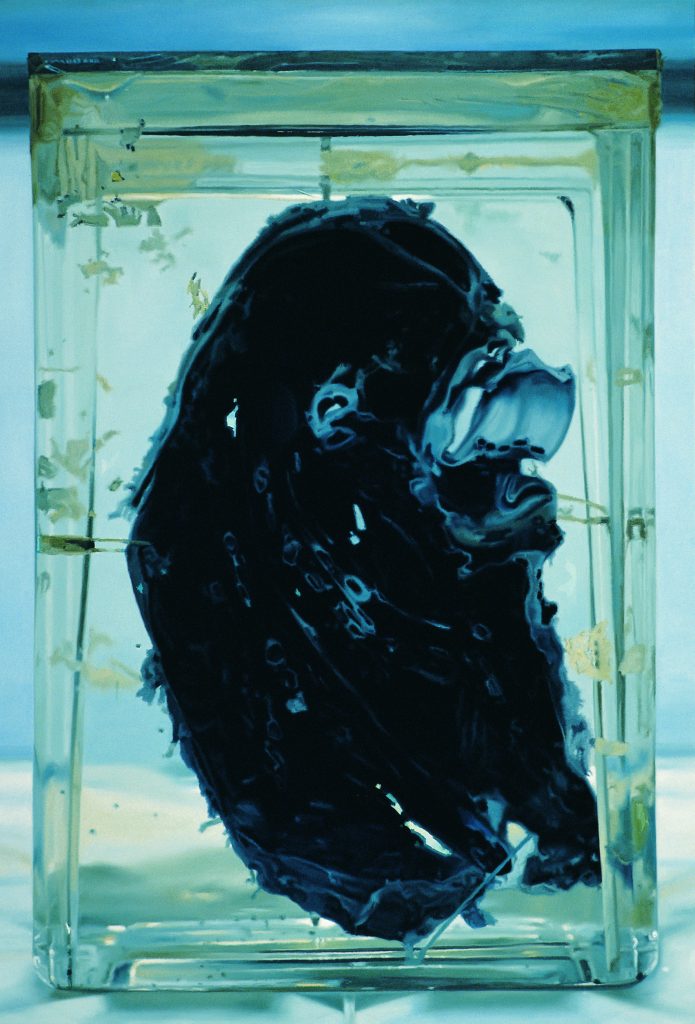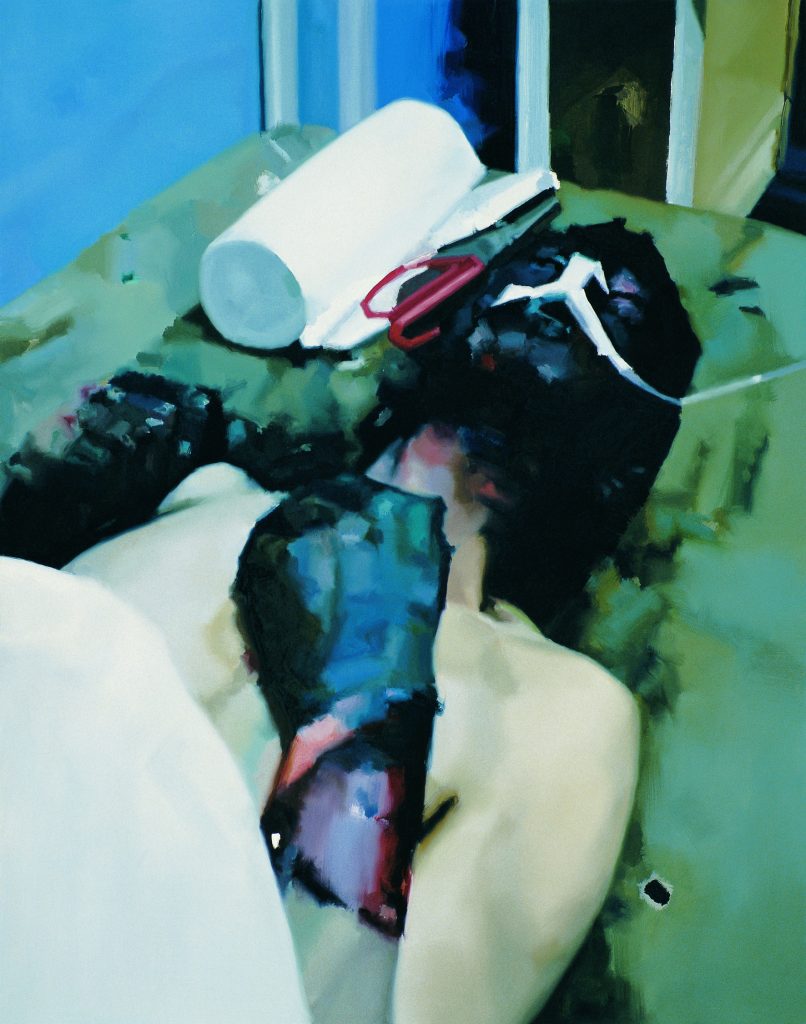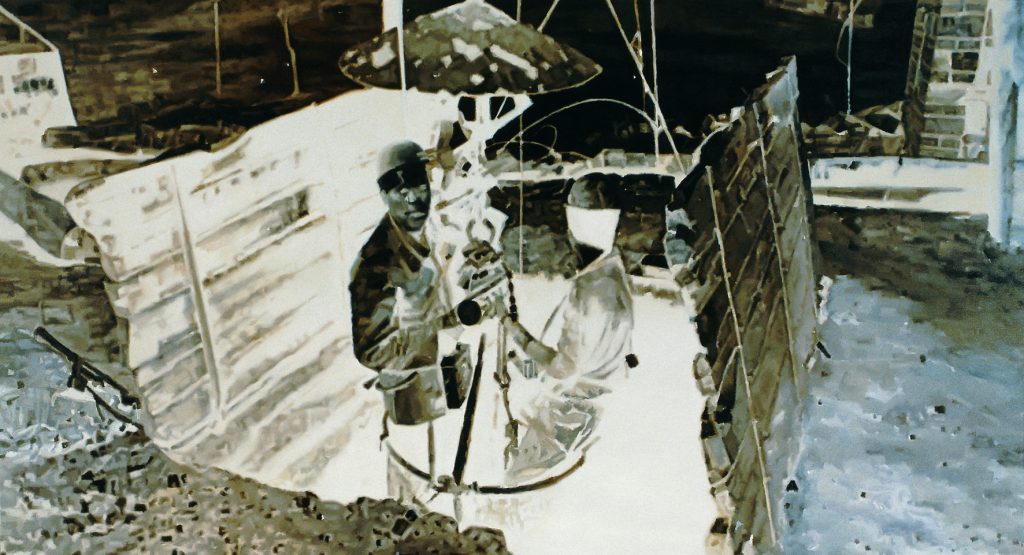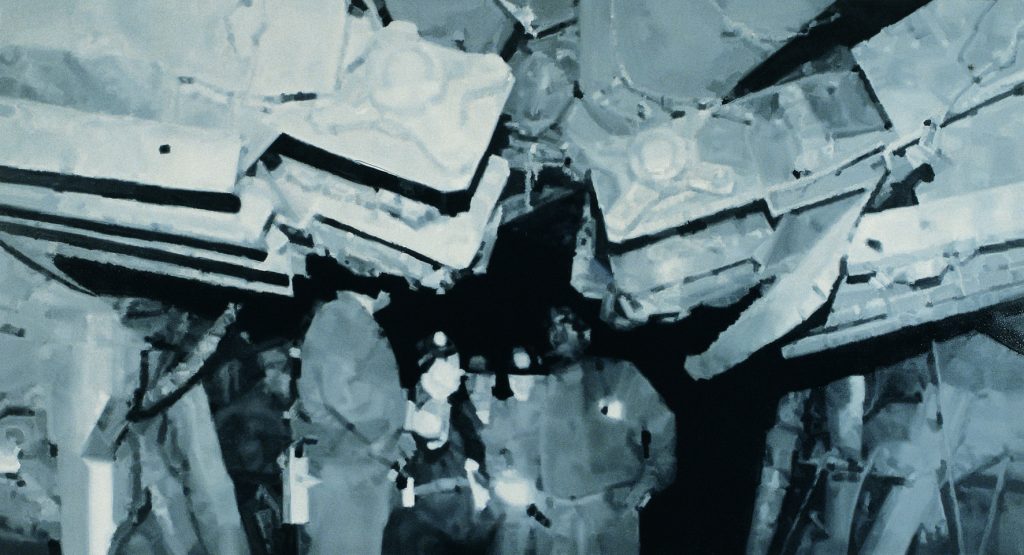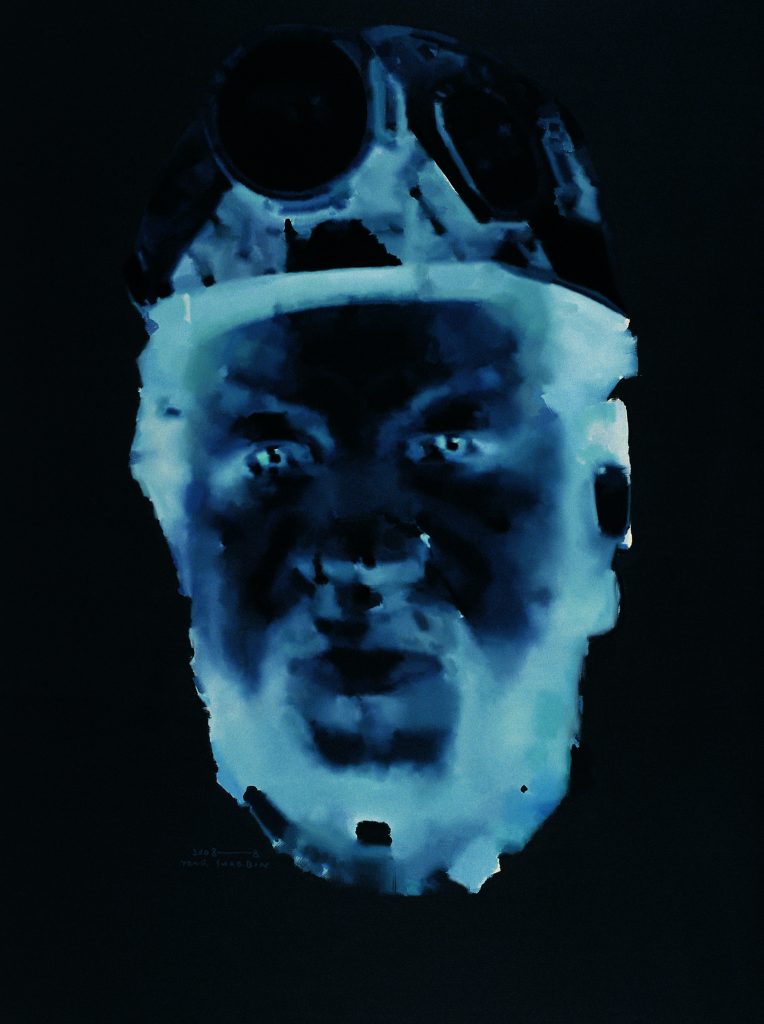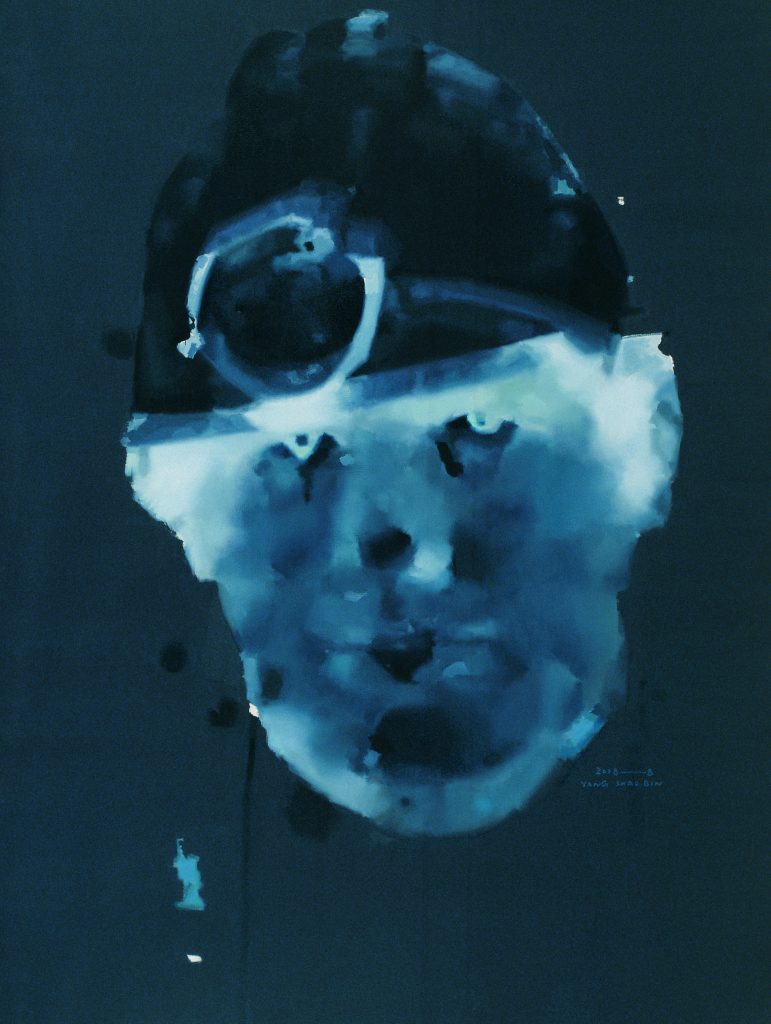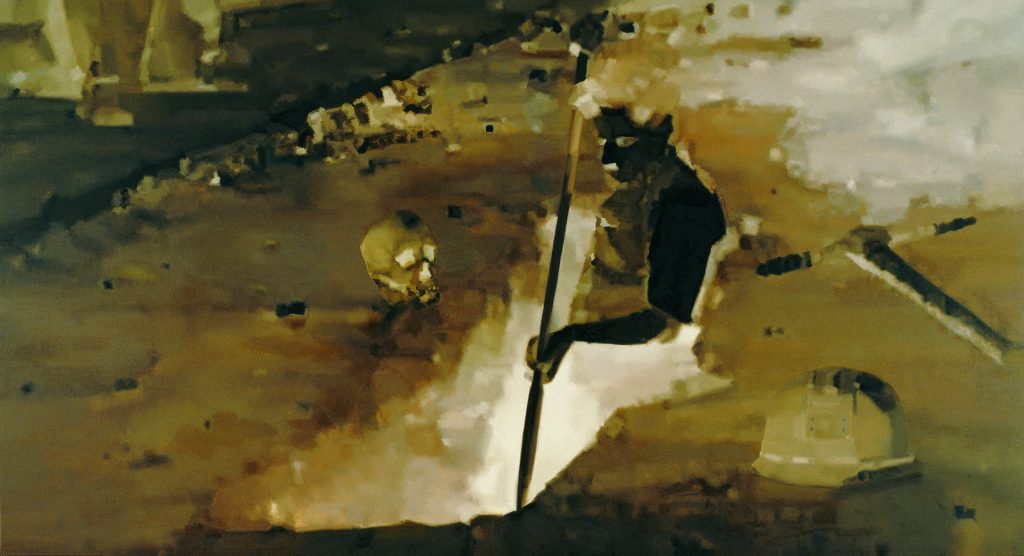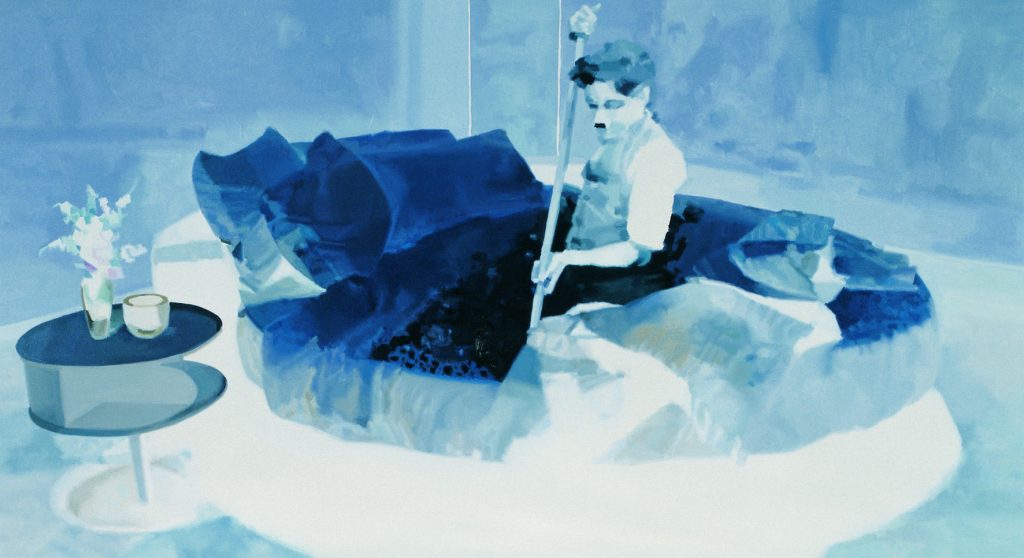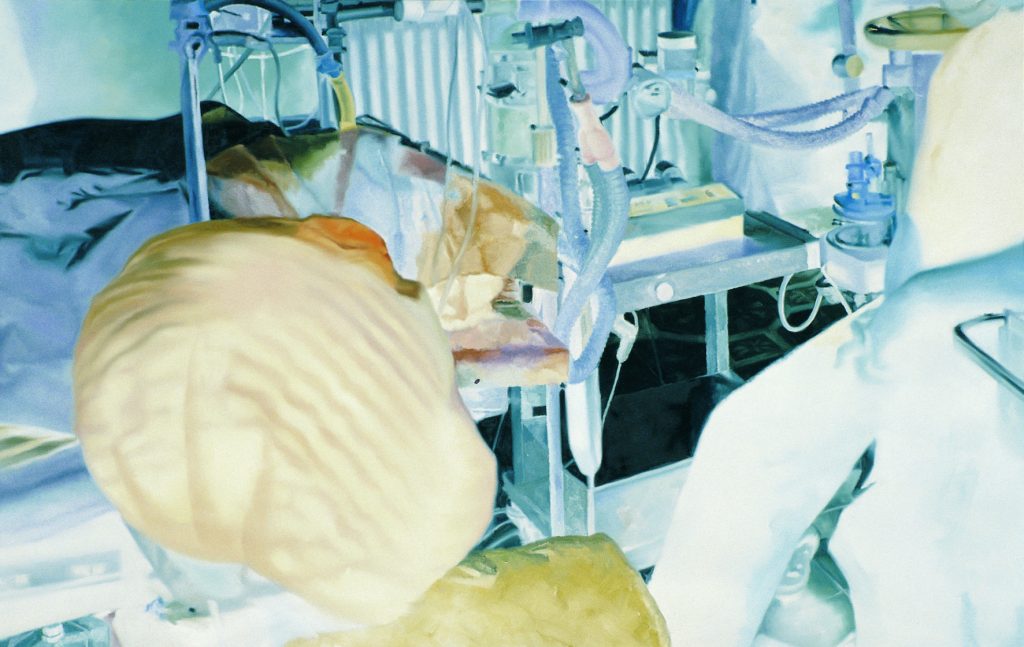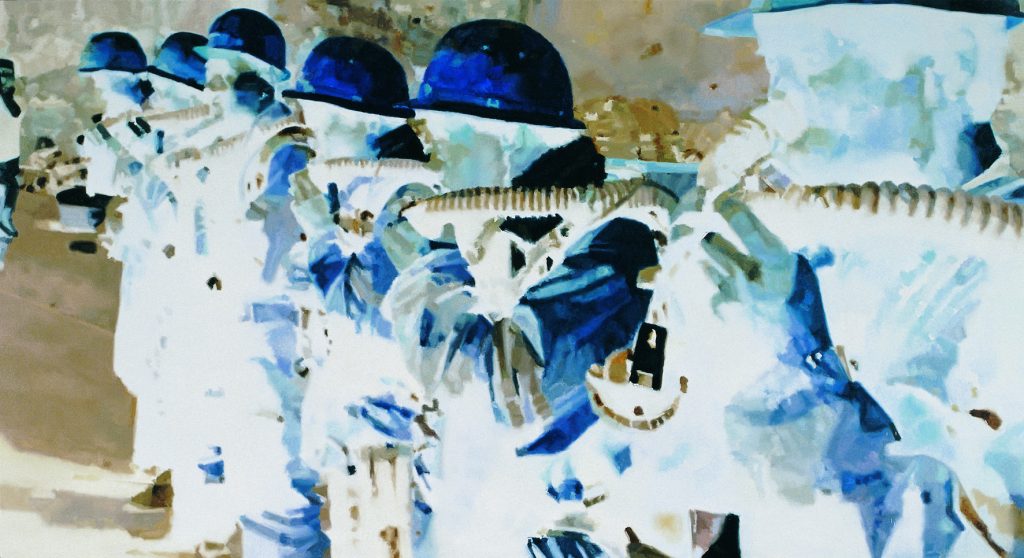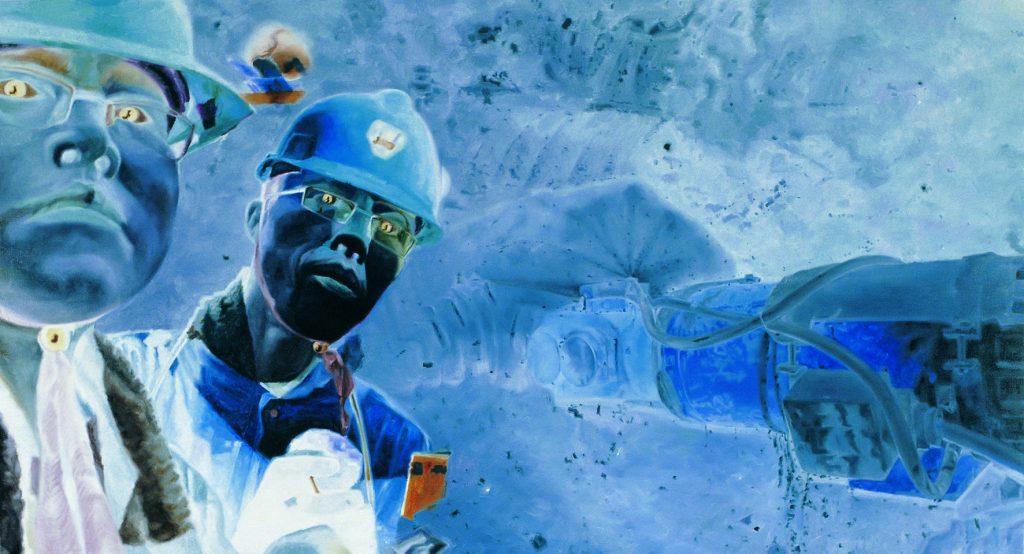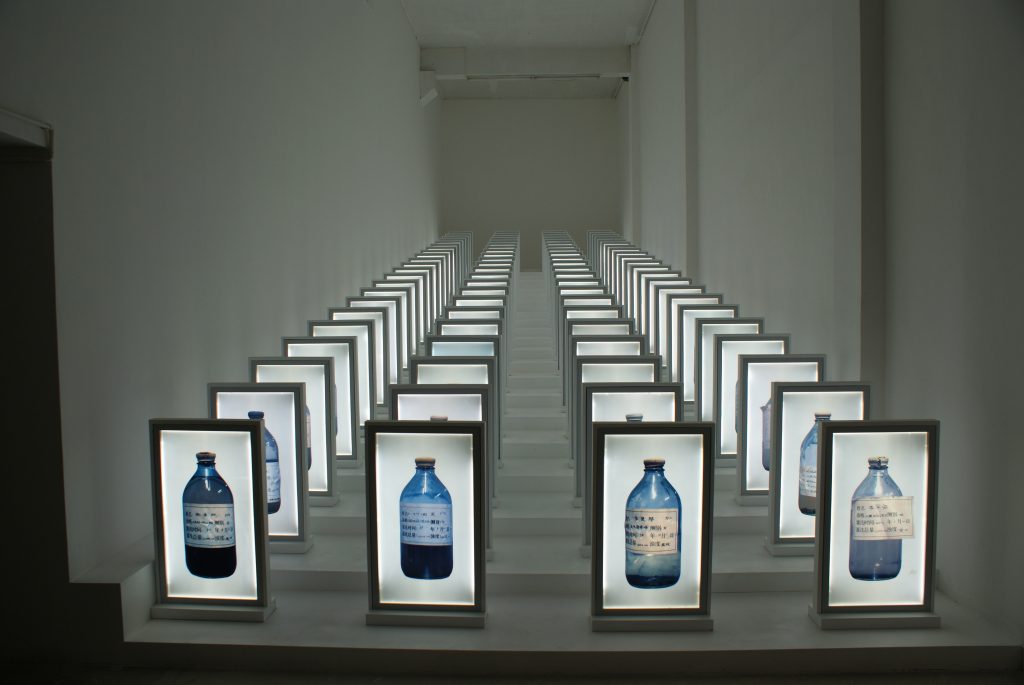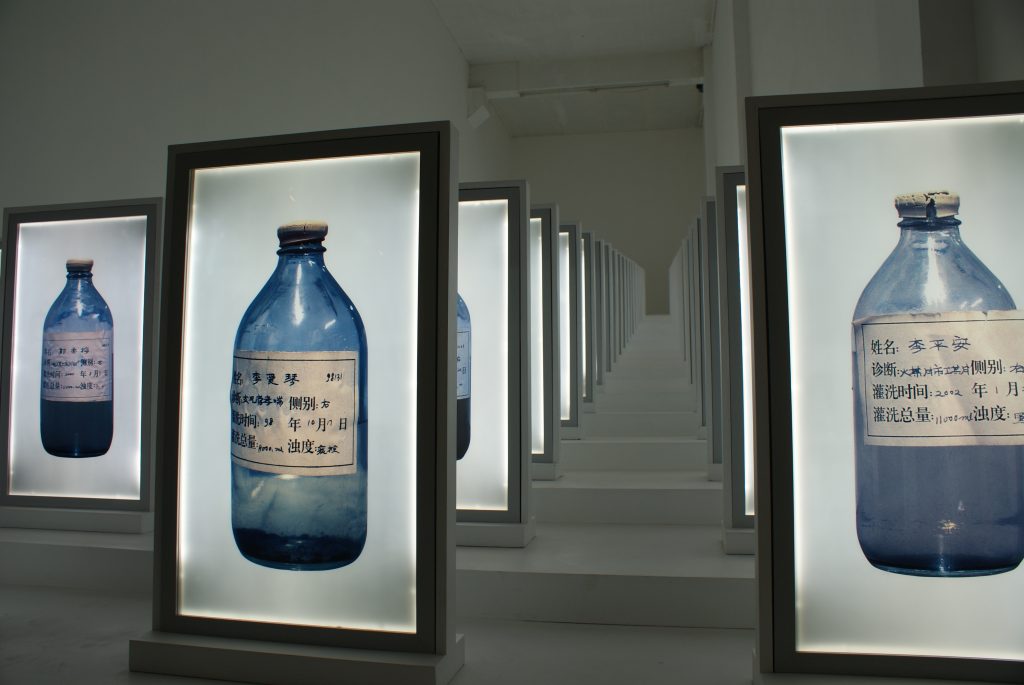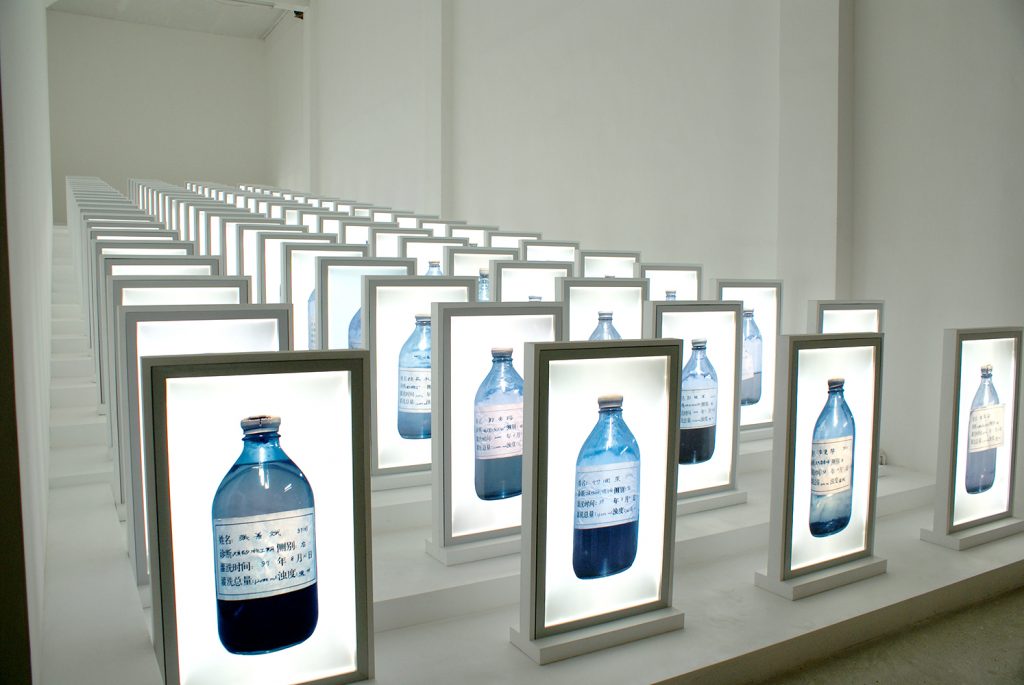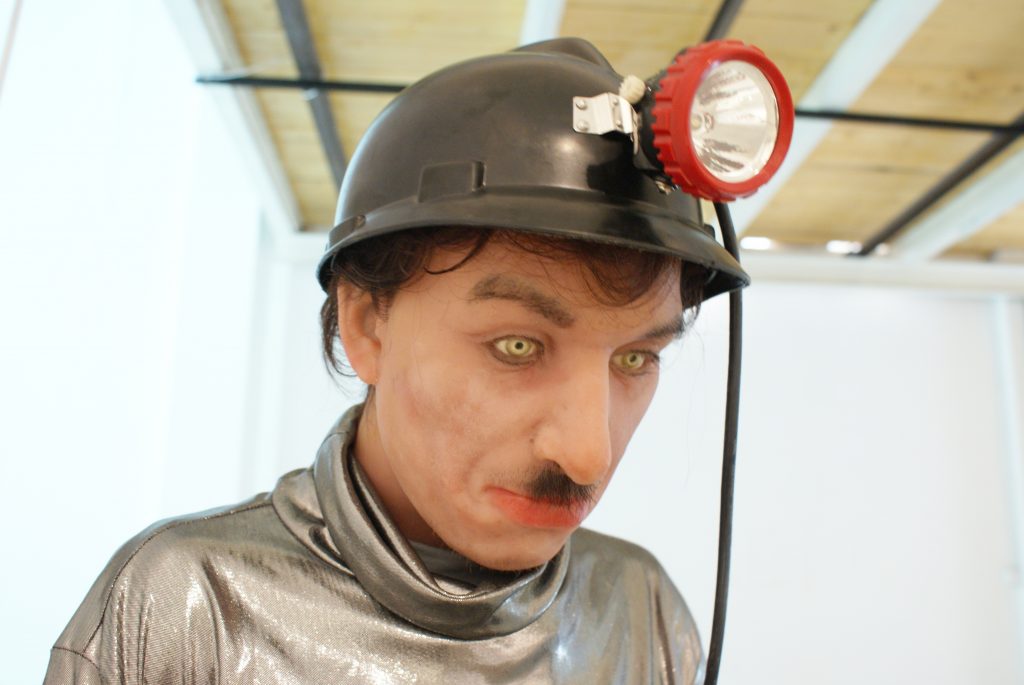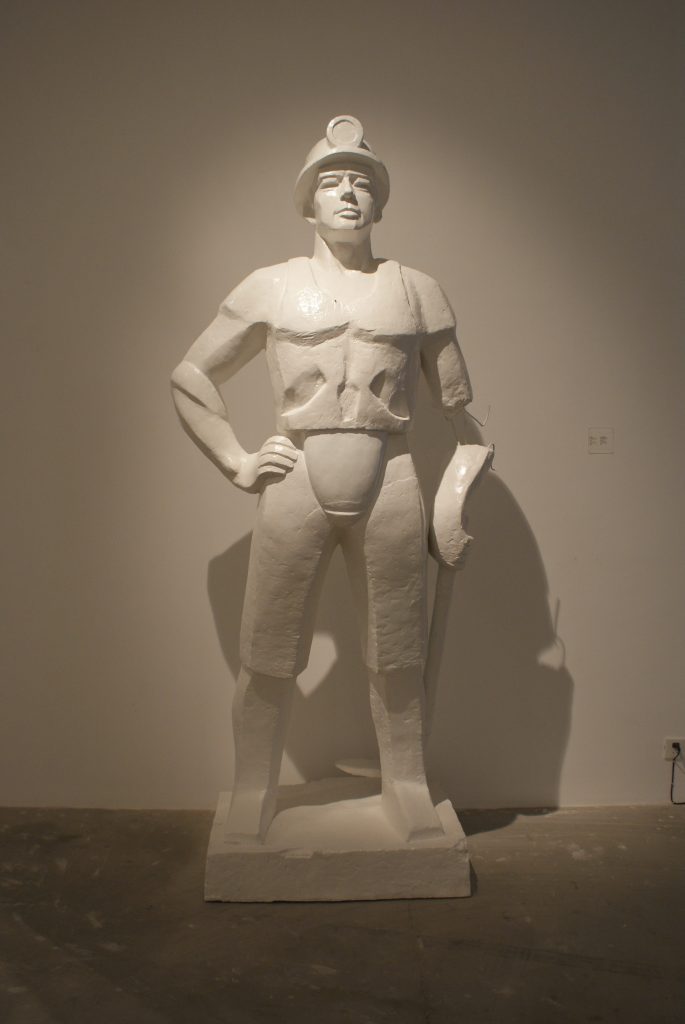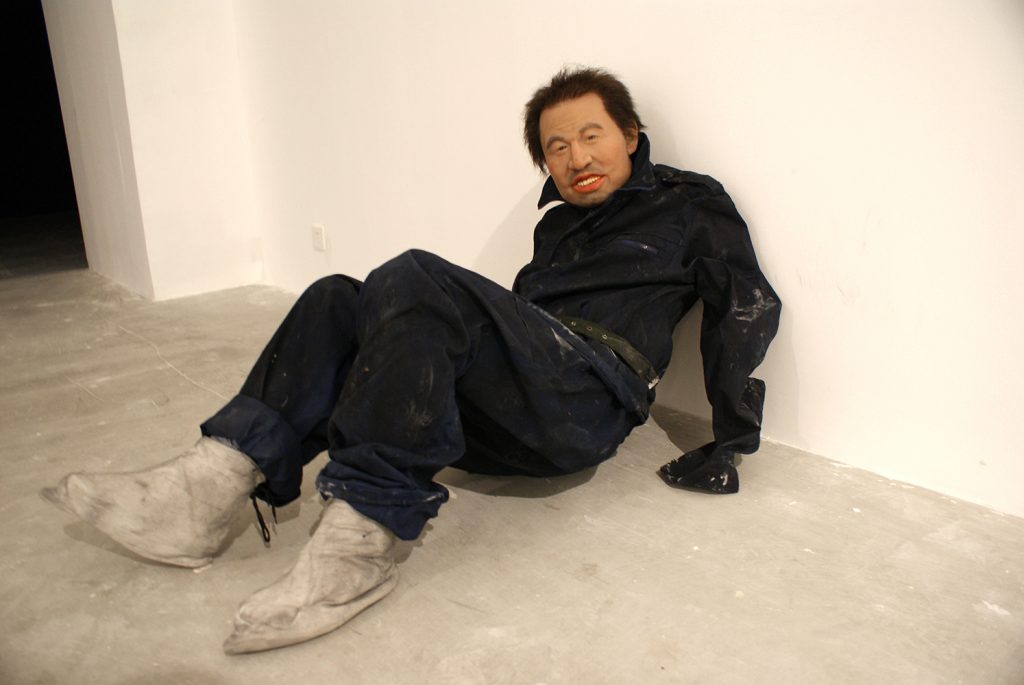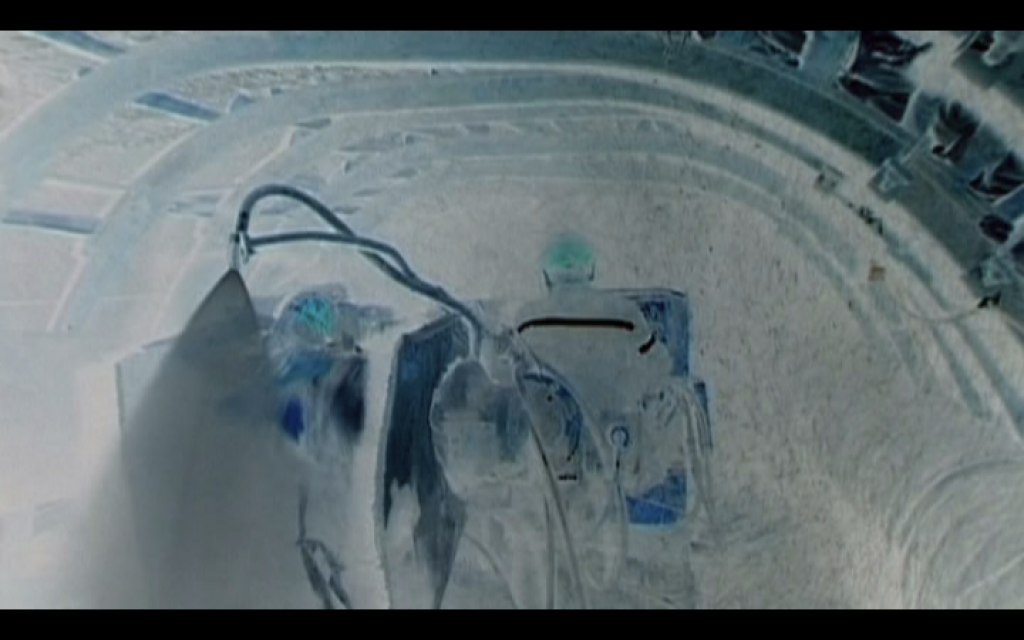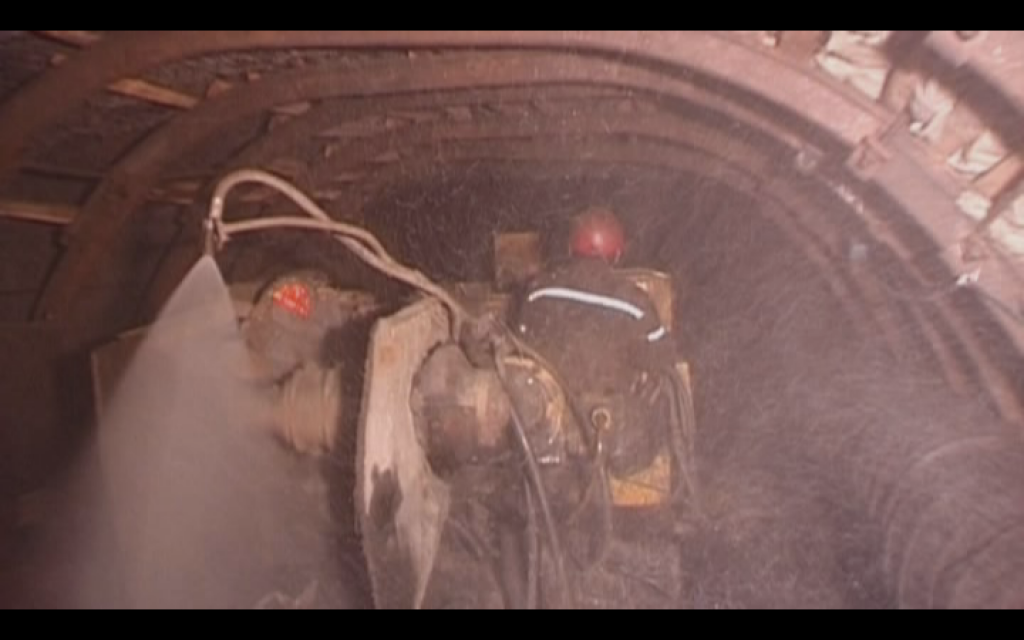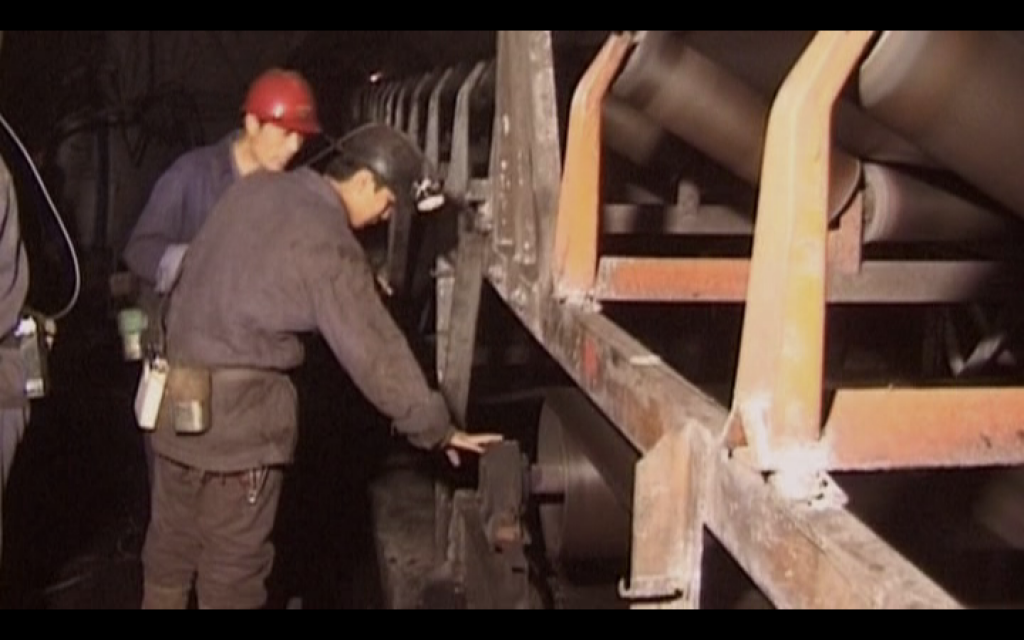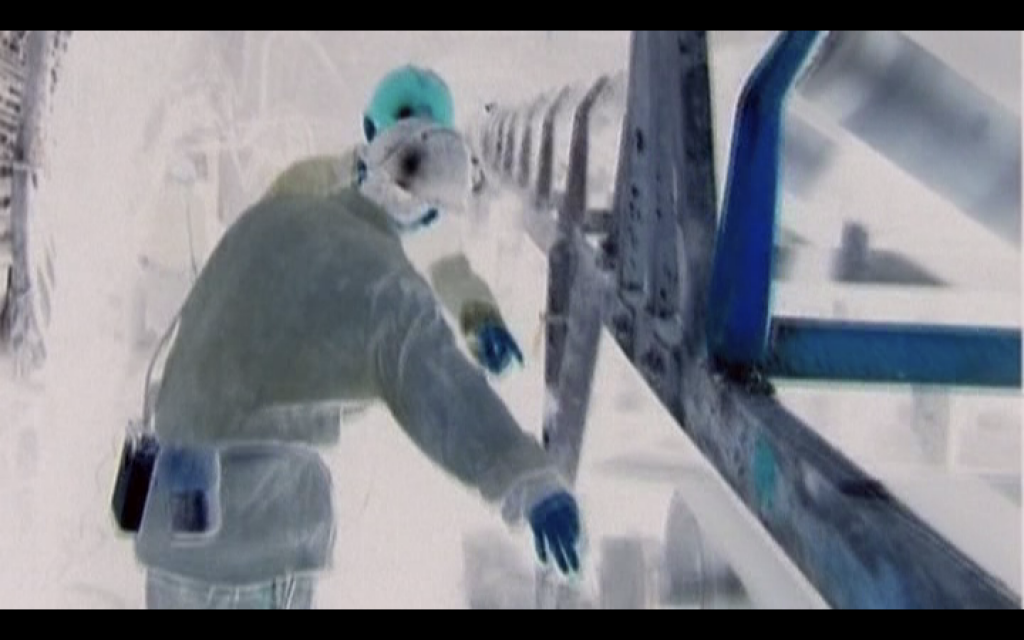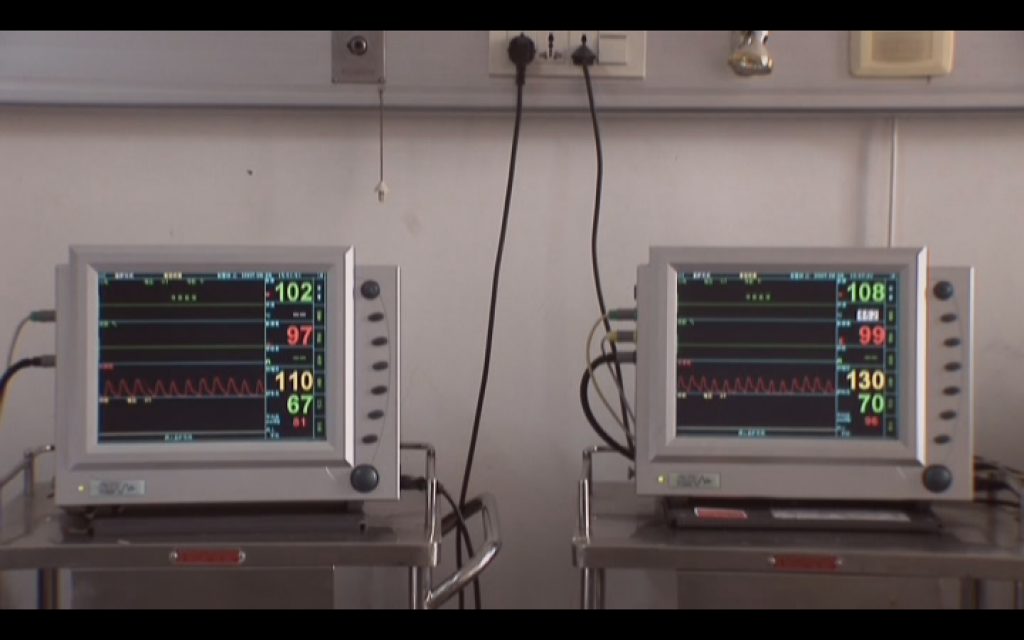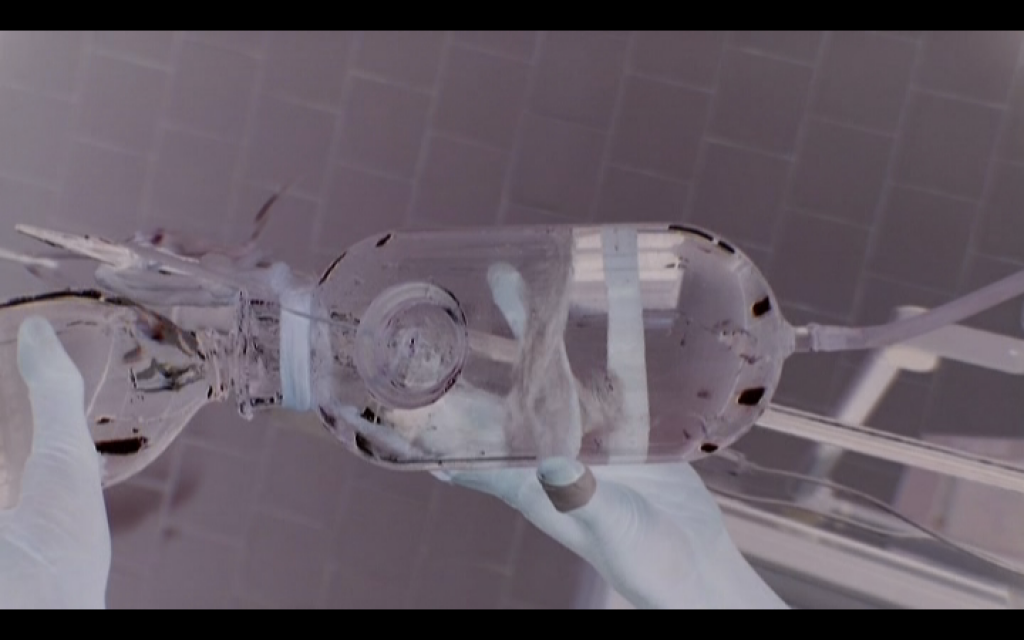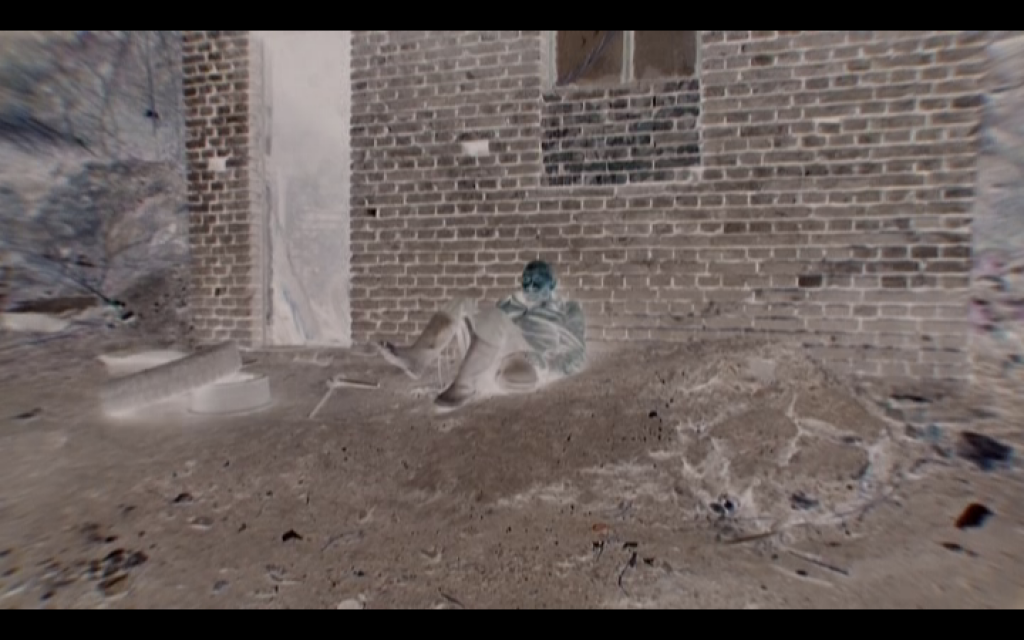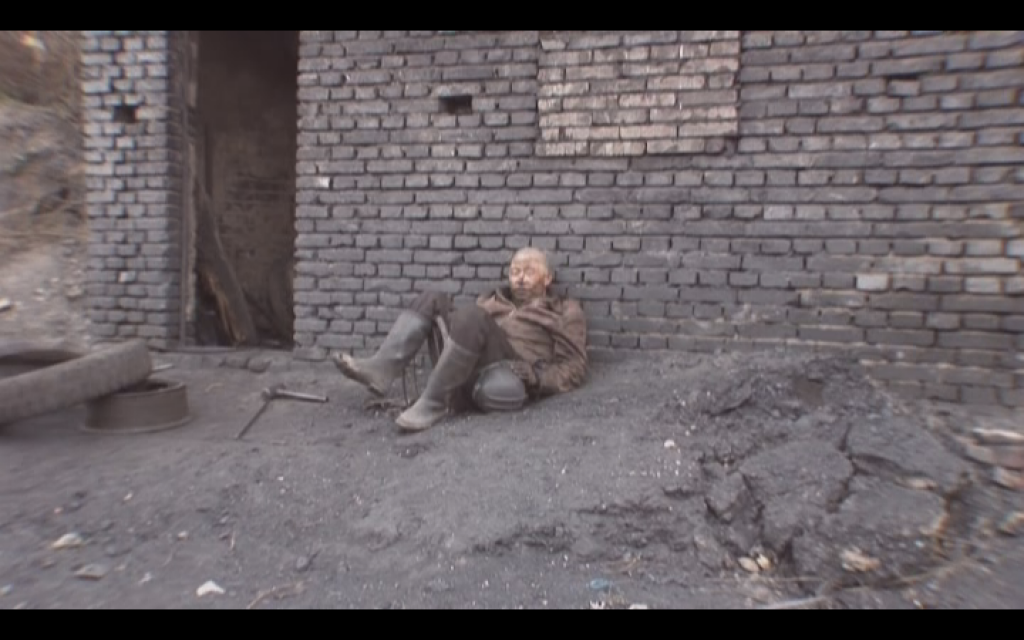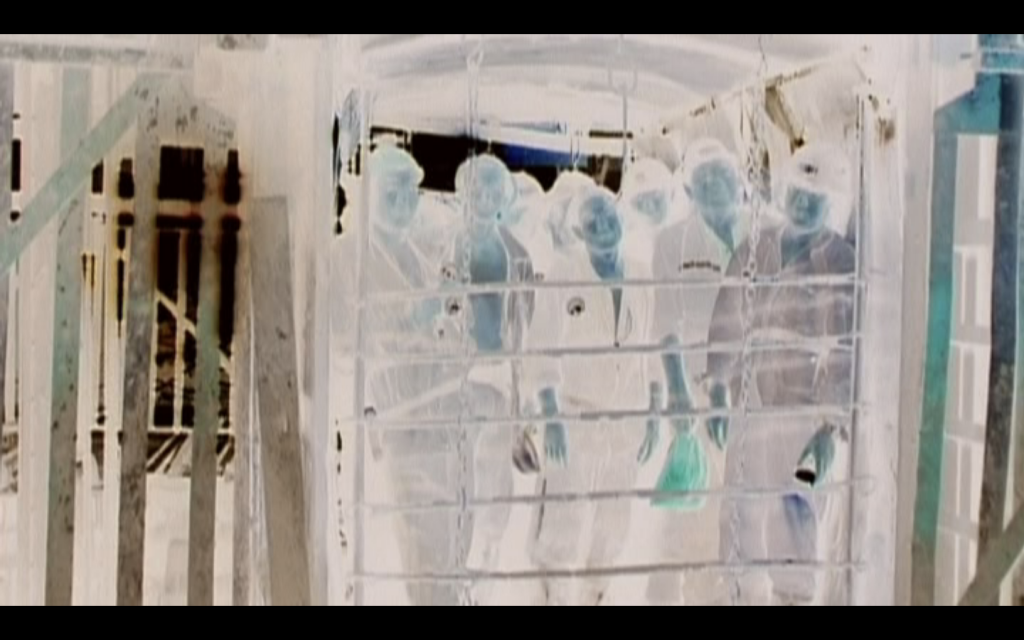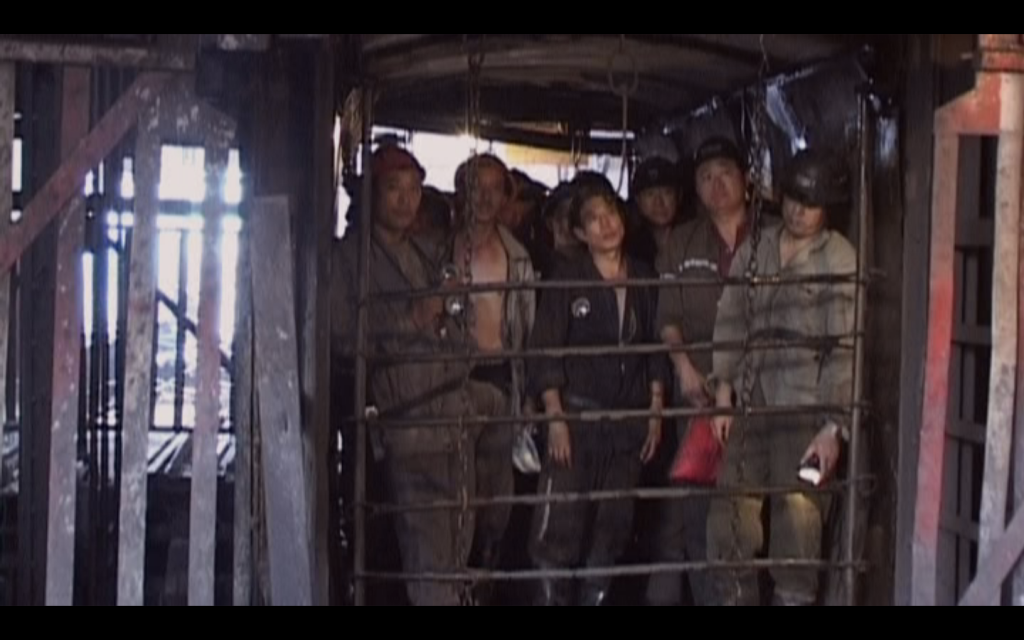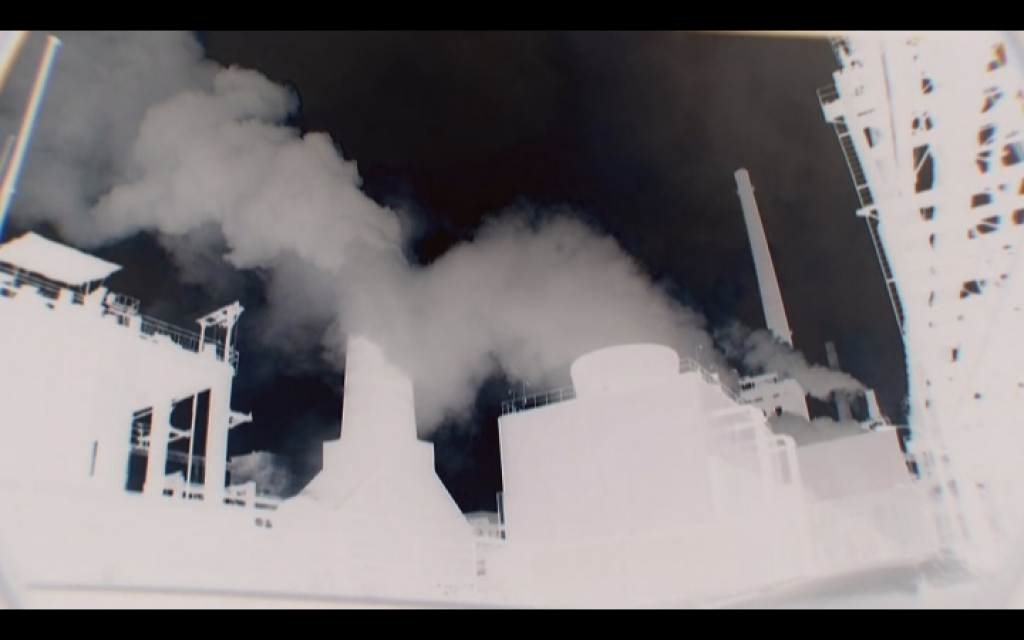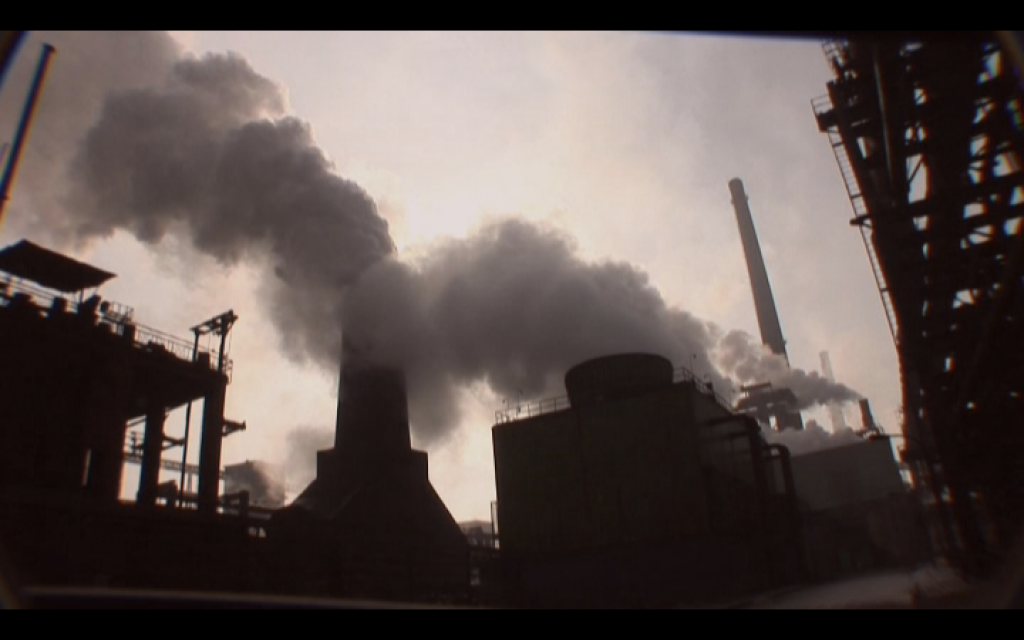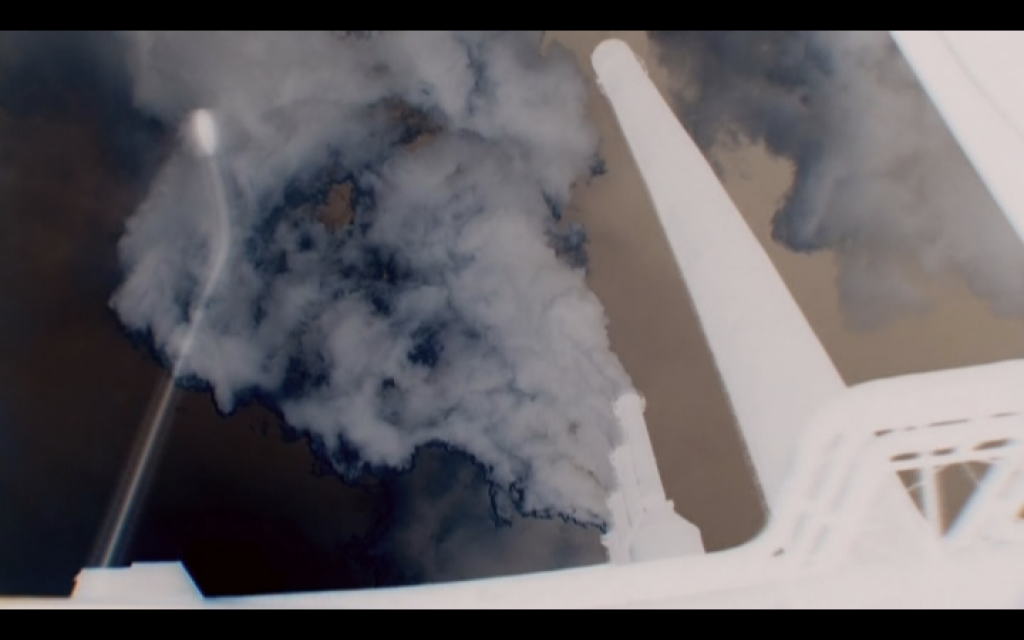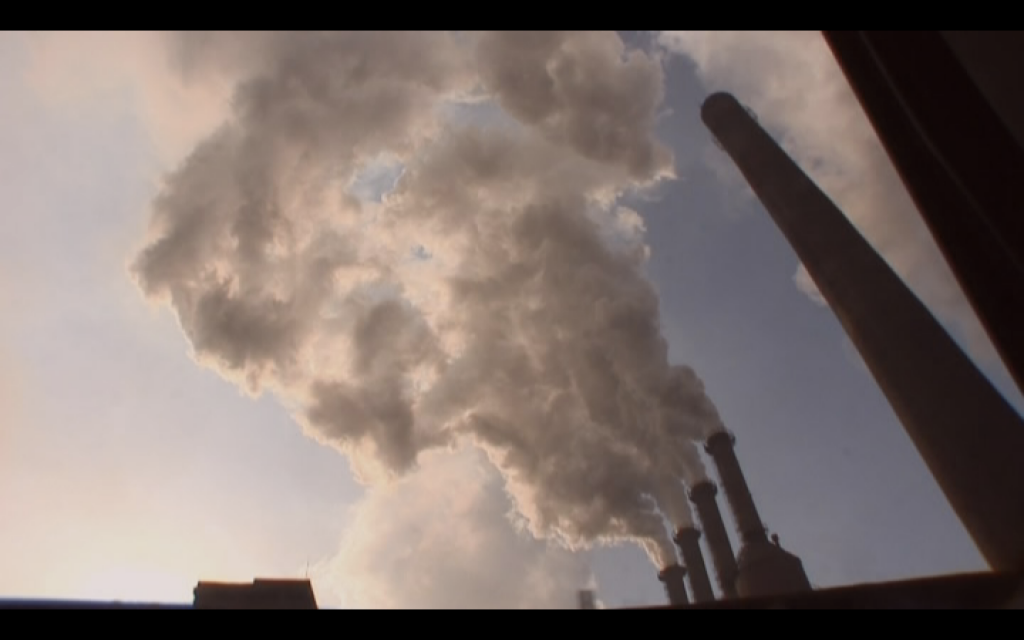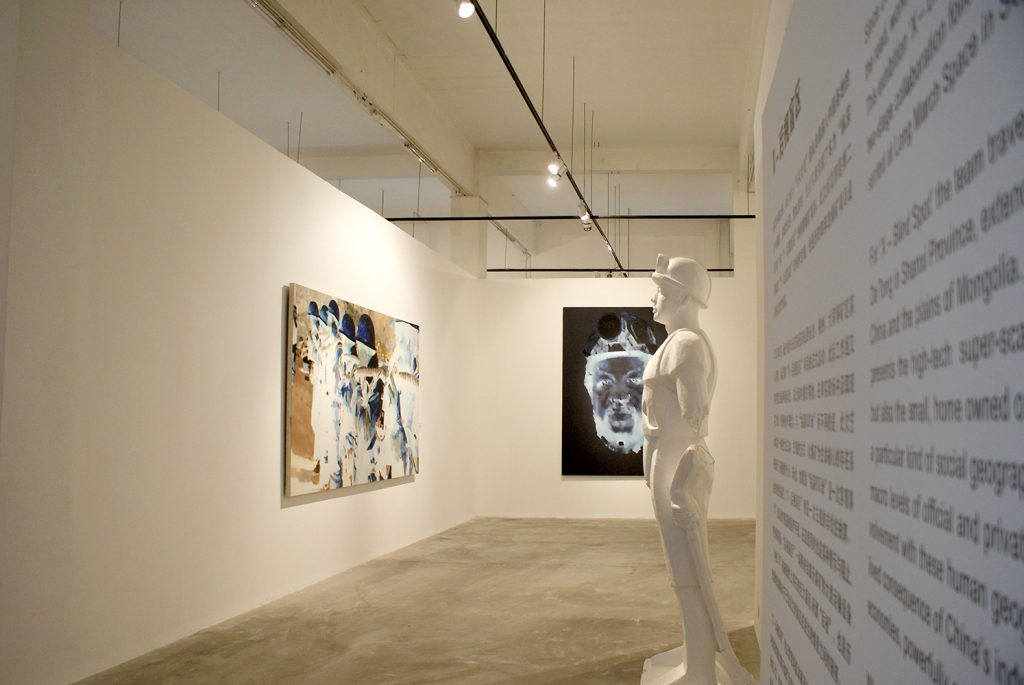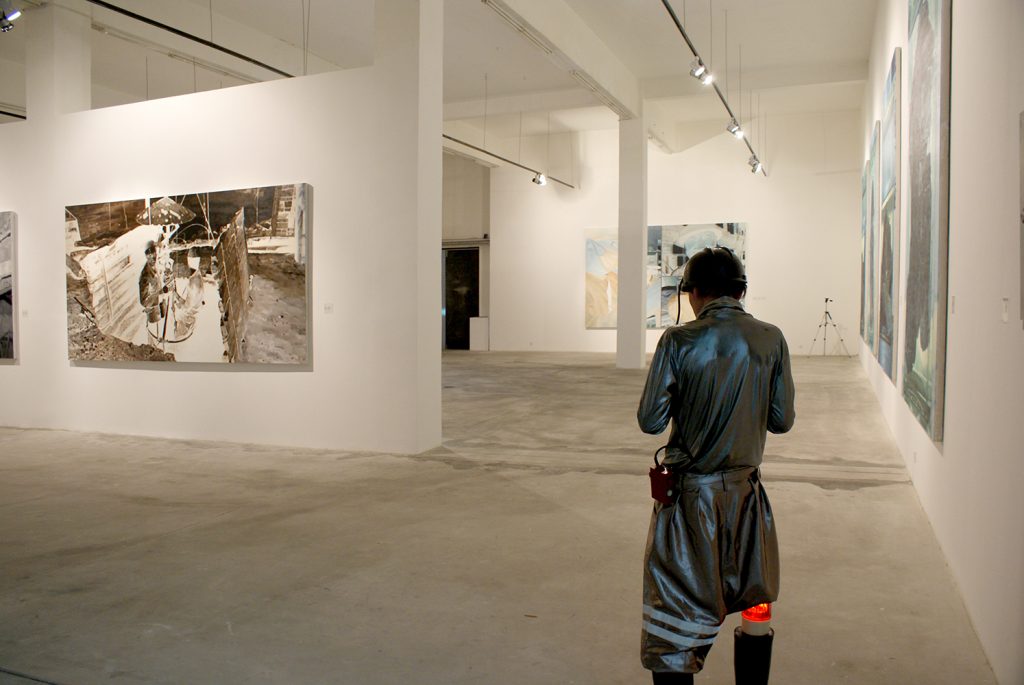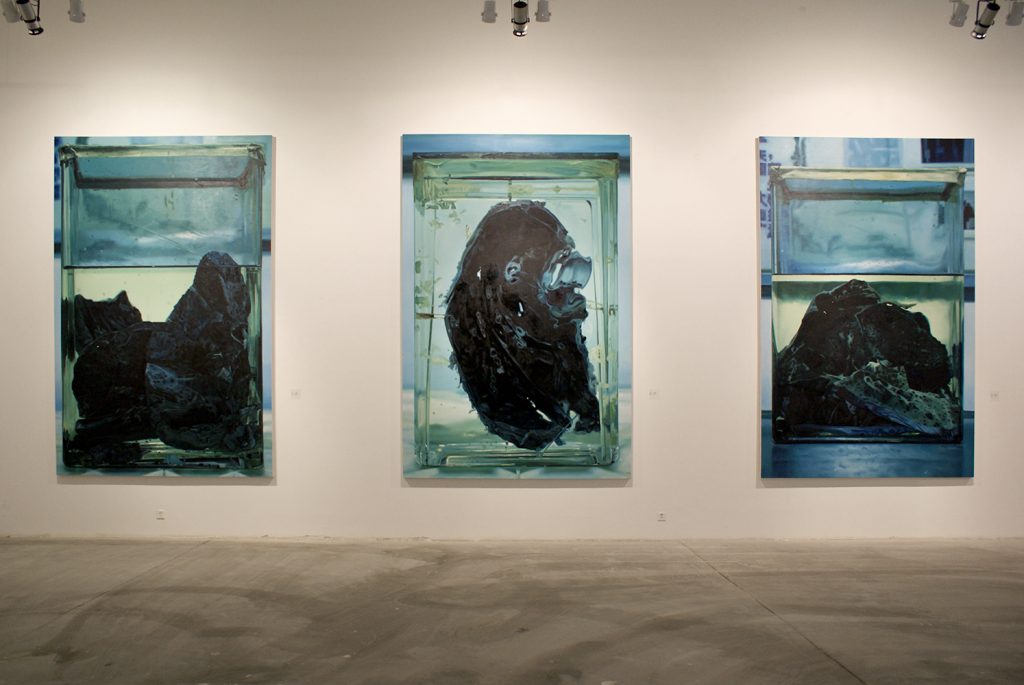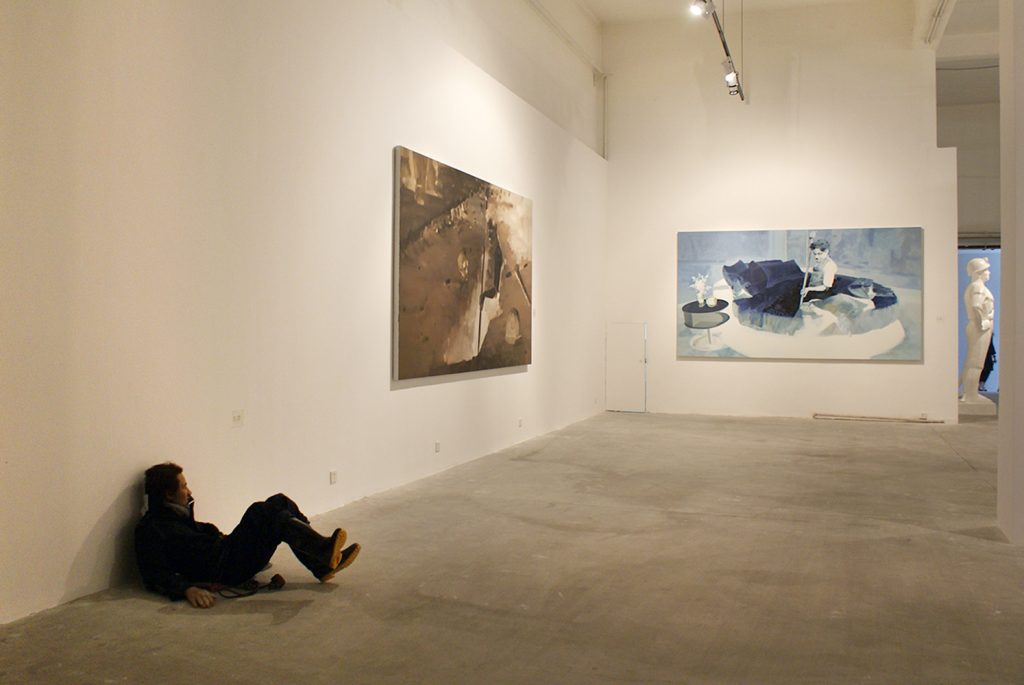Long March Project — Yang Shaobin Coal Mining Project

Field Research | Coal Mining Project
Yang Shaobin: Coal Mining Project
Time: 2004 – 2008
Artists: Yang Shaobin, Long March Project
Location:Hebei Province (Tangshan,Qinhuangdao), Shanxi Province (Changzhi,Shuozhou,Datong), Inner Mongolia (Baotou,Dongsheng)
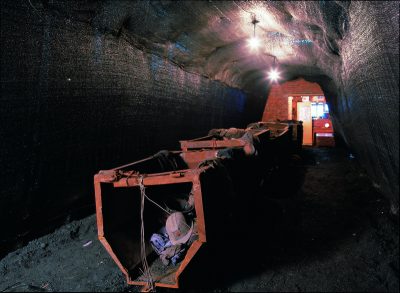
Phase I | Yang Shaobin: 800 Meters Under
Yang Shaobin: Coal Mining Project
Time: Sep. 2 – Oct. 15, 2006
Location: Long March Space (formerly known as 25000 Cultural Transmission Center)
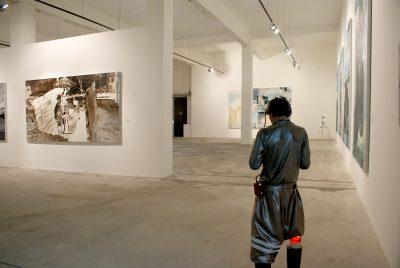
第二阶段|杨少斌:后视盲区
杨少斌:煤矿计划
时间:2008年9月4日至10月18日
地点:北京长征空间(前称二万五千里文化传播中心)
Observation | Excerpts from Yang Shaobin’s Notebook: A Textual Interpretation of “X-Blind Spot” by the Long March Writing Group
Yang Shaobin: Coal Mining Project
Time: 2009
Author: Long March Writing Group
第二阶段|杨少斌:后视盲区
杨少斌:煤矿计划
时间:2008年9月4日至10月18日
地点:北京长征空间(前称二万五千里文化传播中心)
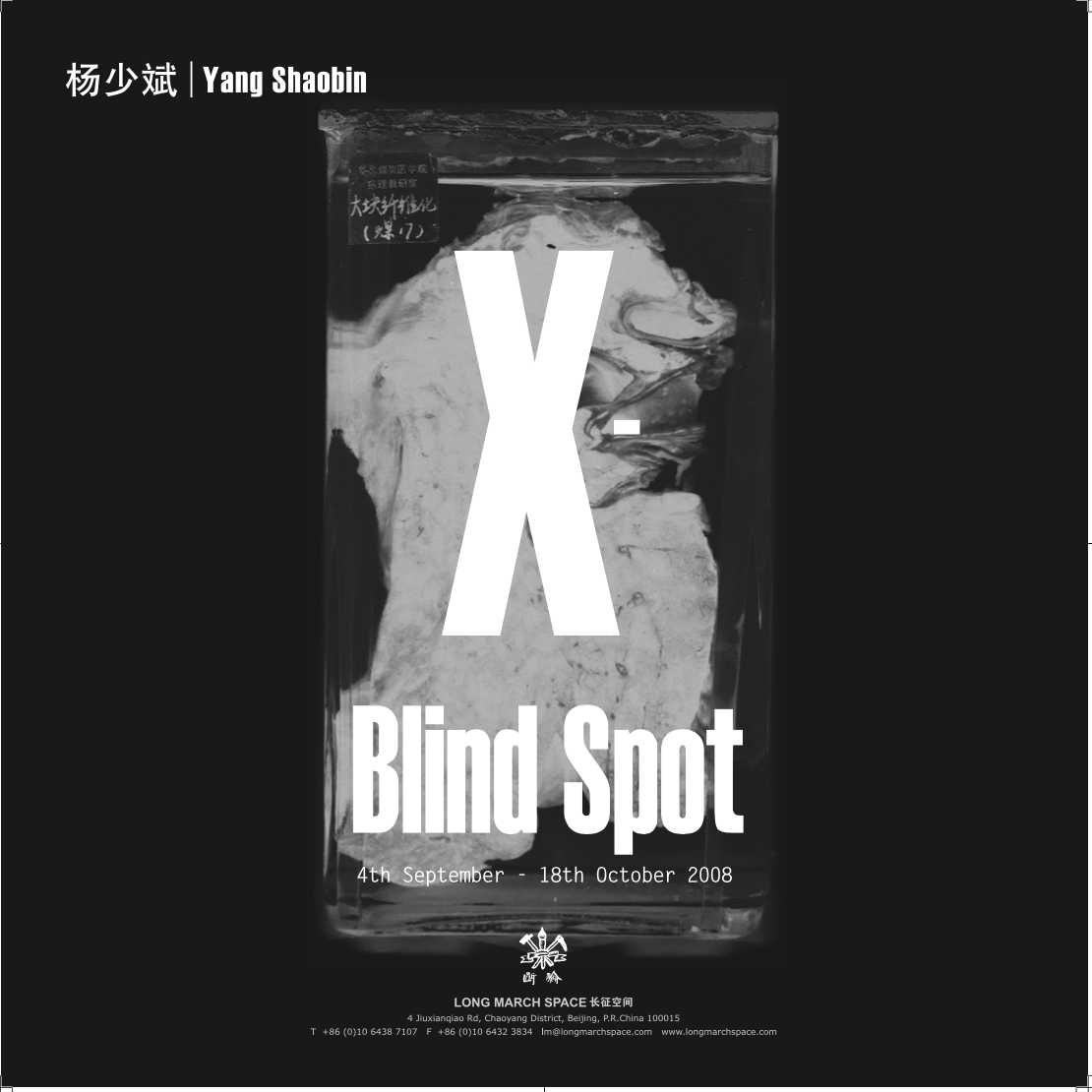
Since 2004, Yang Shaobin and the Long March team have been on the road, working deep in the coalmining communities of rural China. This exhibition ‘X-Blind Spot’ is the final showcase of this four year, two-stage collaboration following ‘800 Meters Under’ which was presented at Long March Space in September 2006. ‘800 Meters Under’ took Yang Shaobin and the Long March team to the coalmines of Tang Shan in Hebei Province, experiencing the hardships of coalmining life first hand. Following the presentation of new works resulting from this first investigation, the team returned to the road in May 2007. Examining, documenting, sharing meals and drink, visiting chronically ill patients in local hospitals, witnessing the oppressive conditions of the enduring and persisting communities of Chang Zhi, Shuo Zhou and Da Tong in Shanxi Province, extending further to the areas of Hebei, North East China and even the plains of Mongolia. While on the road, the conceptual motivations for ‘X-Blind Spot’ and its differentiation from ‘800 Meters Under’ were extensively debated, spurred by the strength of the people they met and the hard reality of their lives.
‘X-Blind Spot’ attempts to articulate the psychology of those who endure, enact, and persist with the toil of coal mining life in these communities. This complete body of new work presents the introspective and at times disturbing cruelties observed in the social transformation of farmer to laborer – the reality of many coal miners today in China. While Yang Shaobin acknowledges the harsh conditions of this toxic life, his works also illustrate certain resilience, an unfathomably human desire to persist, and it is this highly subjective psychological realm that Yang Shaobin’s new works evince. Whereas ‘800 Meters Under’ took the idea of darkness as its frame, exploring the physicality of being underground, ‘X-Blind Spot’ takes the idea of contrast, artistically visualizing the differences between living in light and shadow, which he here manipulates through ideas of positive and negative, white in black, black in white.
The ‘X’ in the title of this exhibition refers to the process of x-ray, a medical pr ocess used to diagnose illness via electromagnetic radiation. This noninvasive treatment gives image to our internal organs, the surfaces of these structures
given color from the ability to absorb certain levels of radiation. ‘X’ also expr esses a warning, a caution, or alternatively a potential rejection or suspicion.
The project casts an eye back towards history, linking relevant scenes of the past with the conundrum of what is happening today. At the same time, ‘Blind Spot’ is a warning, a questioning, an investigation, a testimony. Referencing the large-scale mining equipment used in these geographical areas called ‘ KOMATSU 170’. At either end of the machine, there is a blind spot – 50 meters in diameter at the front, and 60 meters in diameter at the back. Within the boundaries of this ‘blind spot’ is plausible potential ruin.
‘X-Blind Spot’ focuses on the experience of open pit coalmines, examining social geographies and corresponding economies that are related to the production of coal in China. This collaborative project, culminating in the presentation of a major body of new work that extends Yang Shaobin’s practice in significant technical and conceptual directions, responds to the high-tech, super-scale environment of these seemingly hyper-realistic open-pit mines, calling into question the meaning of urbanization and education in the face of a destroyed local ecology and limited civil services. In ‘X-Blind Spot’, Yang Shaobin’s signature figures remain hidden or shaded, their bodies’ presence in each image signified by a transparency, their forms taking on the marked contrast of an x-ray. This method of illuminating the body to reveal the fragile nature of its functions is a deliberate metaphorical reference to the contemporary reality of China’s rural social body, Yang Shaobin exposing and questioning why such coalmining communities continue to live in such a state of existence today.
In ‘X-Blind Spot’ these ideas are powerfully provoked through painting, video installation, sculpture and photography.
Since 2004, Yang Shaobin and the Long March team have been on the road, working deep in the coalmining communities of rural China. This exhibition ‘X-Blind Spot’ is the final showcase of this four year, two-stage collaboration following ‘800 Meters Under’ which was presented at Long March Space in September 2006. ‘800 Meters Under’ took Yang Shaobin and the Long March team to the coalmines of Tang Shan in Hebei Province, experiencing the hardships of coalmining life first hand. Following the presentation of new works resulting from this first investigation, the team returned to the road in May 2007. Examining, documenting, sharing meals and drink, visiting chronically ill patients in local hospitals, witnessing the oppressive conditions of the enduring and persisting communities of Chang Zhi, Shuo Zhou and Da Tong in Shanxi Province, extending further to the areas of Hebei, North East China and even the plains of Mongolia. While on the road, the conceptual motivations for ‘X-Blind Spot’ and its differentiation from ‘800 Meters Under’ were extensively debated, spurred by the strength of the people they met and the hard reality of their lives.
‘X-Blind Spot’ attempts to articulate the psychology of those who endure, enact, and persist with the toil of coal mining life in these communities. This complete body of new work presents the introspective and at times disturbing cruelties observed in the social transformation of farmer to laborer – the reality of many coal miners today in China. While Yang Shaobin acknowledges the harsh conditions of this toxic life, his works also illustrate certain resilience, an unfathomably human desire to persist, and it is this highly subjective psychological realm that Yang Shaobin’s new works evince. Whereas ‘800 Meters Under’ took the idea of darkness as its frame, exploring the physicality of being underground, ‘X-Blind Spot’ takes the idea of contrast, artistically visualizing the differences between living in light and shadow, which he here manipulates through ideas of positive and negative, white in black, black in white.
The ‘X’ in the title of this exhibition refers to the process of x-ray, a medical pr ocess used to diagnose illness via electromagnetic radiation. This noninvasive treatment gives image to our internal organs, the surfaces of these structures
given color from the ability to absorb certain levels of radiation. ‘X’ also expr esses a warning, a caution, or alternatively a potential rejection or suspicion.
The project casts an eye back towards history, linking relevant scenes of the past with the conundrum of what is happening today. At the same time, ‘Blind Spot’ is a warning, a questioning, an investigation, a testimony. Referencing the large-scale mining equipment used in these geographical areas called ‘ KOMATSU 170’. At either end of the machine, there is a blind spot – 50 meters in diameter at the front, and 60 meters in diameter at the back. Within the boundaries of this ‘blind spot’ is plausible potential ruin.
‘X-Blind Spot’ focuses on the experience of open pit coalmines, examining social geographies and corresponding economies that are related to the production of coal in China. This collaborative project, culminating in the presentation of a major body of new work that extends Yang Shaobin’s practice in significant technical and conceptual directions, responds to the high-tech, super-scale environment of these seemingly hyper-realistic open-pit mines, calling into question the meaning of urbanization and education in the face of a destroyed local ecology and limited civil services. In ‘X-Blind Spot’, Yang Shaobin’s signature figures remain hidden or shaded, their bodies’ presence in each image signified by a transparency, their forms taking on the marked contrast of an x-ray. This method of illuminating the body to reveal the fragile nature of its functions is a deliberate metaphorical reference to the contemporary reality of China’s rural social body, Yang Shaobin exposing and questioning why such coalmining communities continue to live in such a state of existence today.
In ‘X-Blind Spot’ these ideas are powerfully provoked through painting, video installation, sculpture and photography.

